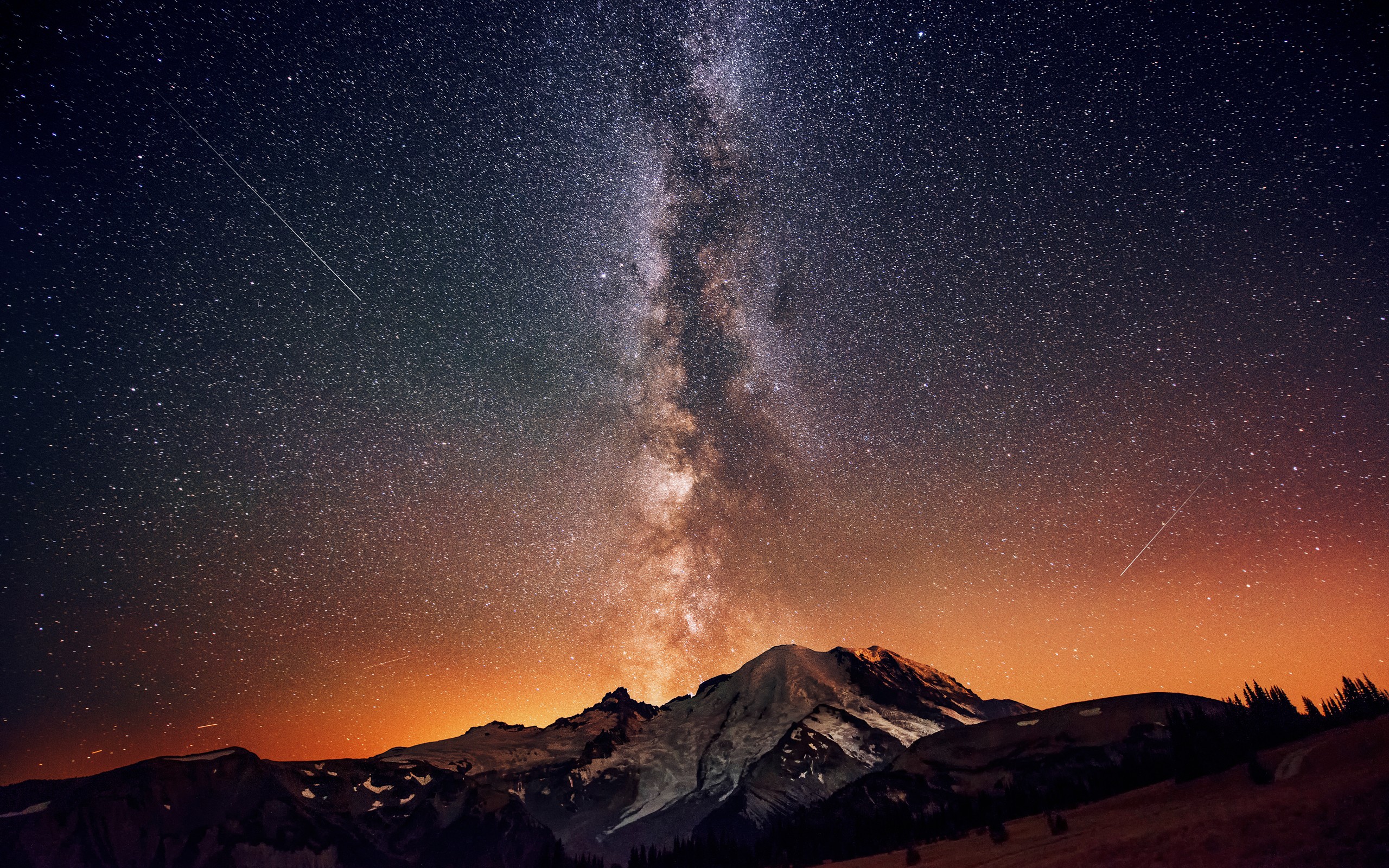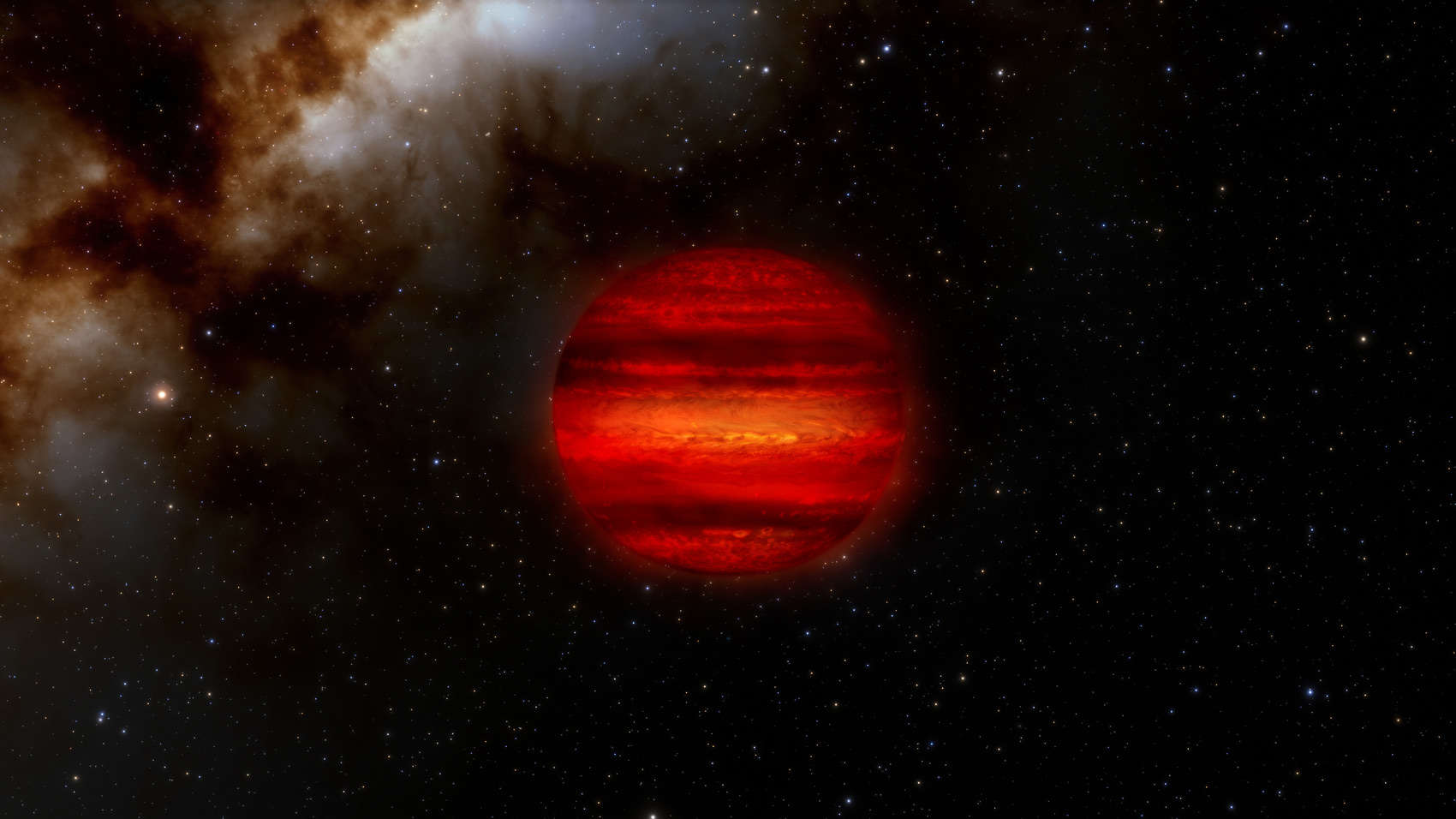Stars in Depth
Within and beyond the scattered lights at night


Stars, heavenly bodies, comets, galaxies-- basically the entire universe is seen as a place beyond our home; where we doubt of our own existence, if we are alone in space as most of humanity want to hold on to; and where thousands of scenes have taken our breaths away by witnessing different phenomenons.
So if we are to measure what majority of us see in an iceberg in terms of knowing the universe deeply, we see fragments. Some vivid, mostly vague. But knowing the depths of the universe are being continued to explore by scientists and astronauts, this makes us look forward to far more things in the future to come!
Just like organisms on Earth, stars start off as baby stars. The birth of stars and their nurseries are some of the many things in the universe that are not worth missing.
 Star nurseries are called nebulae. These are interstellar clouds of gas and dust, mostly composed of hydrogen. The dense parts of the clouds undergo gravitational collapse, compressing to form a rotating gas globule.
The rotation leads to heated contracting clouds due to friction and forms protostars. The process takes up to 50 million years.
Star nurseries are called nebulae. These are interstellar clouds of gas and dust, mostly composed of hydrogen. The dense parts of the clouds undergo gravitational collapse, compressing to form a rotating gas globule.
The rotation leads to heated contracting clouds due to friction and forms protostars. The process takes up to 50 million years.
If there is enough material:

Gravitational collapse and heating continues. When temperature reaches 27,000,000°F, nuclear fusion begins, thus a newborn star!
If there is not enough material:

One possible outcome of a protostar is a brown dwarf, a large celestial body that is less luminous than most.